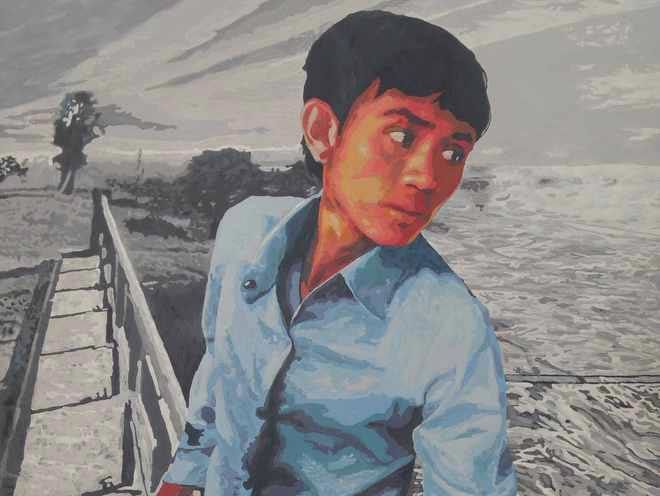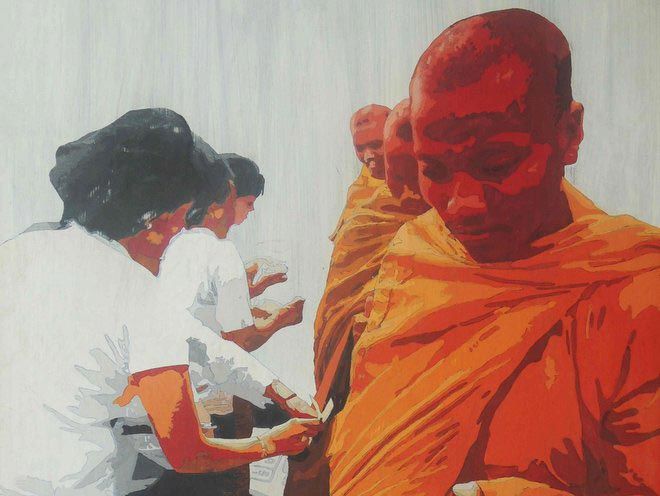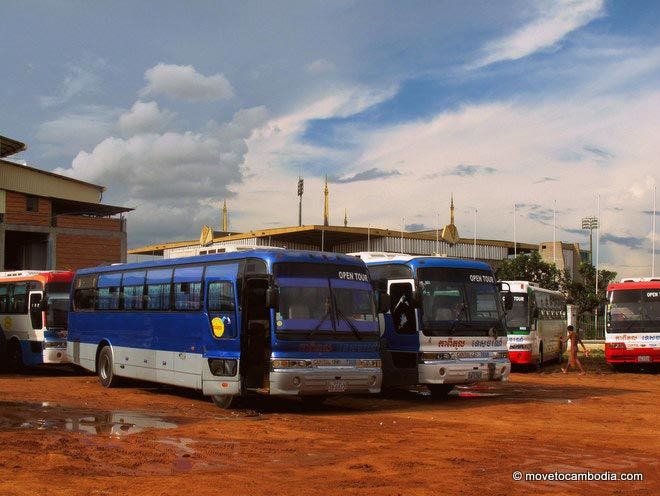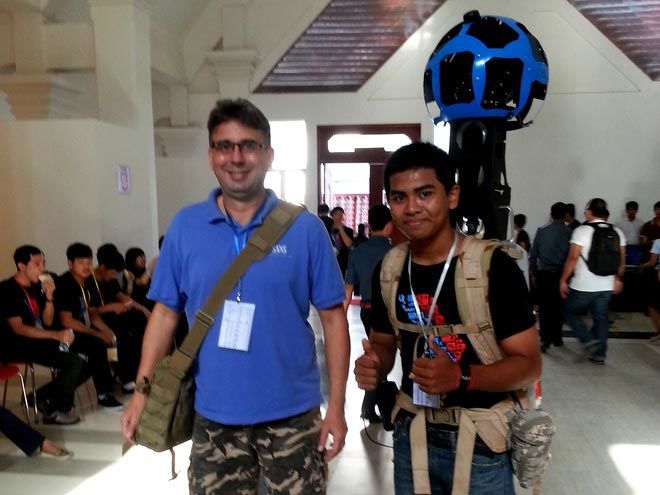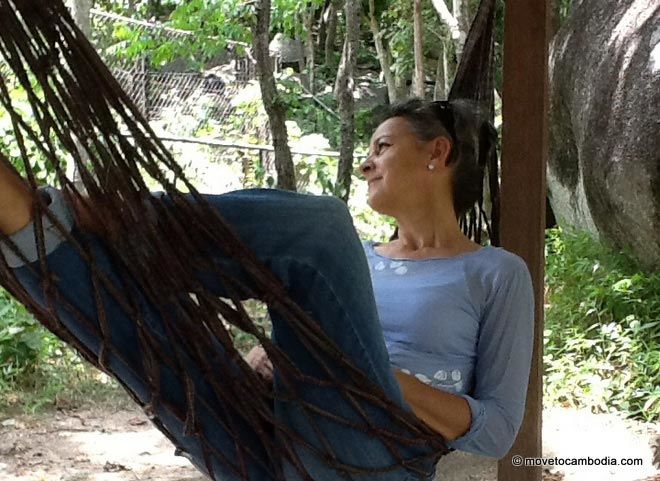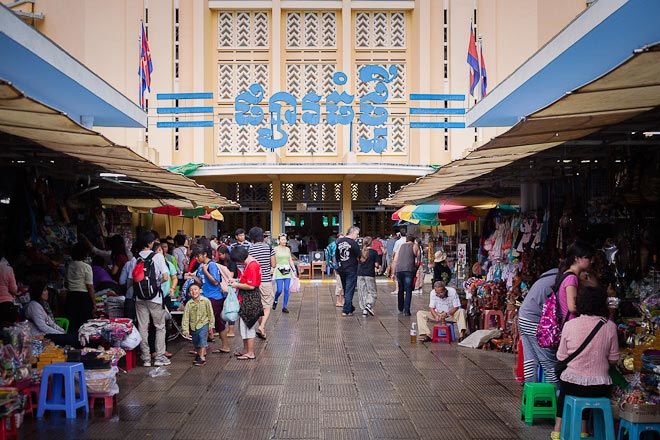In this series we talk to Cambodia expats about what they know now that they wish they had known when they first moved to Cambodia. This week we talk with 24-year-old American expat Anna Mischke.

The infamous Anna Mischke.
Anna expatriated to Phnom Penh from Washington just about a year ago. Originally on an internship, Anna now works at a Cambodian fashion magazine, as an English-language writer and editor.
MTC: Anna, what do you know now that you wish you had known before you moved to Cambodia?
AM: “I moved to Cambodia, having followed my mother after she relocated to Phnom Penh for business nine months earlier. When I decided to make Cambodia home, I prepared myself for a whole new life and made a lot of choices that ended up giving me a massive headache once I arrived and figured out what life would be like after settling in. I’ve been here just over a year, and while I do still love it with all its quirks, splendors, interesting bits, and weirdness–there are definitely moments where I wonder “how quickly can I get a one way ticket back to the States?”
Then I’ll take a moment to gauge my surroundings, look at where I am, the people milling about, and being in a different city, Phnom Penh, which is so different than chilly Washington, and remember exactly why I’m still here.
I wish I had known about Move to Cambodia or had a wider network before I came into the country blindly, not having any idea what I was heading into. Hopefully these little tips can be for you what I wish I had known.
Leave like you’re really leaving: When I left Washington State, I left behind a lot of things with my (now) ex-boyfriend that should have been properly packed up, stored in a safe place, or tossed out. I had all the intentions of coming back within a year–with at least one visit at the six month mark–but I never made that visit, cancelled my return ticket, and realized that some precious items will have vanished during my stay abroad. A piece of advice, when you leave, leave as if you’re leaving for good. Don’t assume you’ll be back anytime soon; even if you do end up going home a few months later, at least you have the safety net of being prepared to not go back if with peace of mind.
Bring the bat: On a related note, don’t leave behind things that make you happy on a daily basis. For example, my favorite piece of home decór was a taxidermy Pipistrelle bat in a Lucite cube. I left that in storage, and I miss looking at him on my shelf each day. Bring a token from home that brings you enjoyment–the little things really do count.
Don’t close your bank account: I made the mistake of closing my Chase bank account when I moved here, thinking I either didn’t want to pay the $10 monthly fee if I had less than $1,500 in my account at all times (word to the wise: you should try and have that much in your account at all times…you never know when you’ll need it) and that it just wasn’t necessary to have a stateside account. WRONG. It was one of the biggest mistakes I’ve made in the relocation process, considering Cambodian banks use SWIFT codes rather than routing numbers so you’re unable to use PayPal to transfer funds between US and Cambodian accounts easily (unless you do an expensive wire transfer). Also, Cambodian banks can be a huge pain for a host of reasons: from basic procedural understanding to customer service, such as knowing the just because someone has said “yes”doesn’t mean it’s actually possible (like using a Cambodian debit card to pay a US credit card), to the services themselves, like the lack of online banking for certain banks. Even though you’ll probably need to get a local bank account, it’s always a plus to have an account back home. Try a credit union or local bank that won’t charge you monthly fees.
Invest in everyday items: Before you come, think about what you use most throughout the month and try and figure out if it’s possible to find here for a decent price. For me, the difficult ones have been tampons, sports bras, socks, simple yet stylish sandals, and yearly planners. Stock up on those things before you get out here so you don’t have to worry about shipping costs or having friends and family camel them back and forth for you.
Accept the ache and pleasure of nostalgia: I’m a hyper-emotional person and associate almost every smell, song, or flavor with something, someone, or a time in the past or places I’ve lived before. I’m still getting used to the fact that although I frequently get a dull ache in my chest and a lump in my throat when thinking of the “old days,” things will never go back to what they were. My life will not be the same as it was before, even if I had gone home after only a month in Cambodia. Time abroad will change you, as it has me, and finding myself in moments that I will never forget are the ones I know will be difficult to experience anywhere else. Cambodia is unique in so many ways, many that I am discovering a year later and I know that I will continue to learn and never know everything. Instead, when a feeling of nostalgia or sadness hits, accept it, embrace it, and move with it.”
You can read more of Anna’s musings about life in Cambodia on her blog, mischkebusiness.com.
